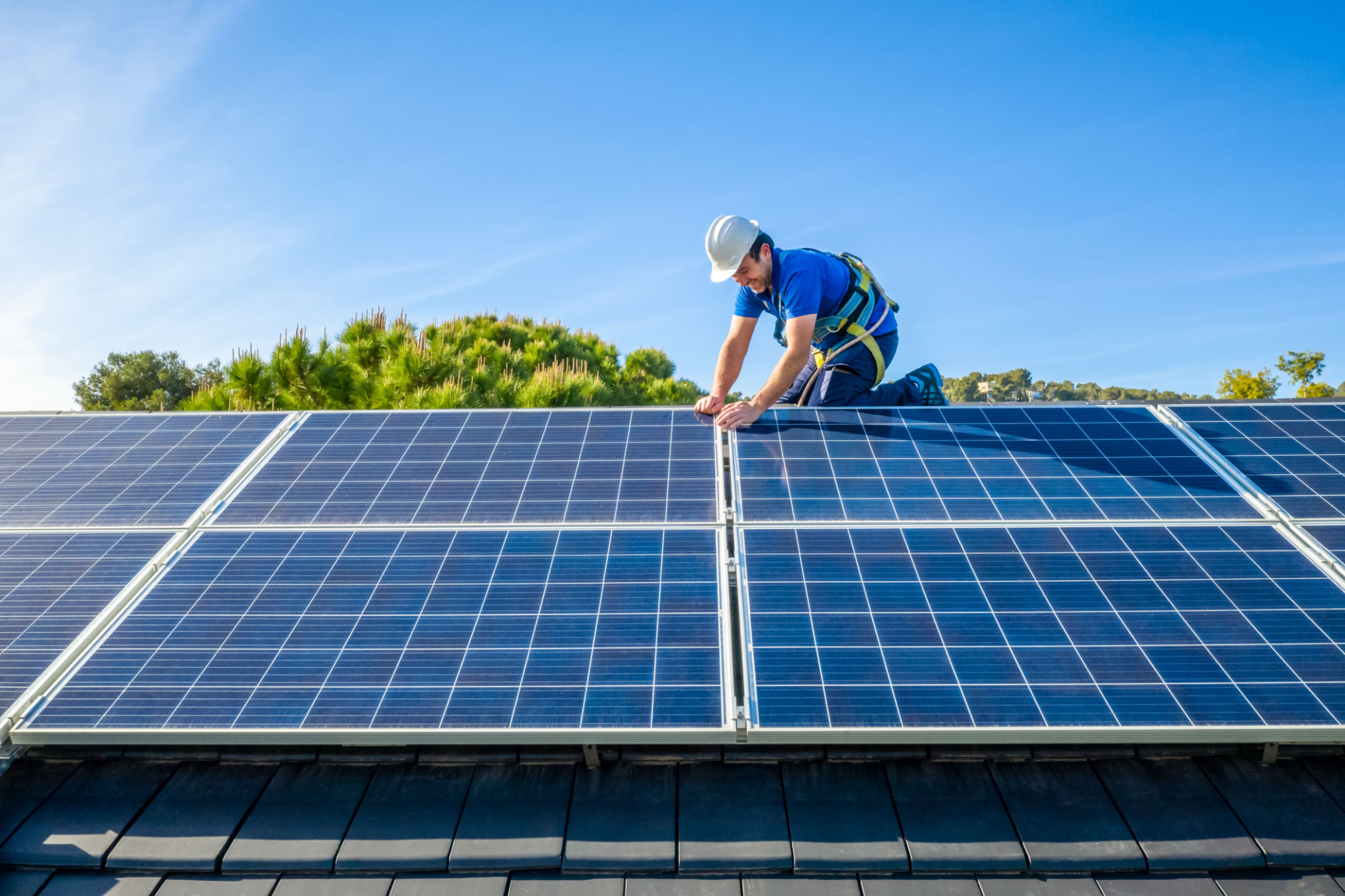Debunking Common Myths About Solar Energy
Understanding Solar Energy Myths
Solar energy is a rapidly growing field, offering sustainable and renewable power. However, several myths persist that can cloud the public's perception. By addressing these misconceptions, more individuals and businesses can make informed decisions about adopting solar technology.

Myth 1: Solar Panels Don't Work in Cloudy or Cold Climates
A common misconception is that solar panels are ineffective in regions with frequent cloud cover or colder climates. While it's true that solar panels are most efficient under direct sunlight, they can still generate electricity on cloudy days. Germany, for instance, a country known for its overcast weather, is one of the global leaders in solar energy production. Modern solar technology is designed to capture both direct and diffused sunlight, ensuring functionality even in less sunny areas.
Myth 2: Solar Energy Is Too Expensive
Another widespread belief is that solar energy is prohibitively expensive. While the initial installation cost can be significant, the long-term savings on energy bills often outweigh the upfront investment. Additionally, numerous government incentives and tax credits can significantly reduce the cost of installing solar panels. As technology advances and becomes more mainstream, prices continue to drop, making solar energy more accessible than ever before.
Evaluating Efficiency and Maintenance
Many people assume that solar panels require constant maintenance to remain effective. In reality, solar panels are designed to be durable and require minimal upkeep. Regular cleaning to remove dust and debris and routine inspections are usually sufficient to maintain optimal performance. With little effort, homeowners can enjoy a sustainable energy source with minimal disruption.

Myth 3: Solar Panels Are Not Efficient Enough
Some skeptics argue that solar panels are not efficient enough to make a significant impact on energy needs. Over the past few decades, technological advancements have greatly improved the efficiency of solar panels. Today's panels can convert sunlight into electricity at much higher rates than earlier models. Additionally, innovations like bifacial panels and tracking systems further enhance efficiency by maximizing exposure to sunlight throughout the day.
Environmental Impact and Aesthetics
Concerns about the environmental impact of manufacturing solar panels also contribute to misconceptions. While producing solar panels does involve some environmental costs, their overall impact is far less detrimental than fossil fuel-based energy sources. Over their lifespan, solar panels typically offset any emissions generated during production many times over.

Myth 4: Solar Panels Are Unsightly
Aesthetic concerns are another barrier for some considering solar panel installation. However, modern designs offer various options that can blend seamlessly with existing architecture. From sleek, low-profile panels to innovative solar shingles, there are many ways to integrate solar technology without compromising on beauty.
Conclusion: Embracing Solar Energy
Debunking these myths is crucial for broader acceptance and implementation of solar technology. As more people become aware of the facts, the transition towards cleaner, renewable energy becomes increasingly feasible. Embracing solar energy not only benefits individual users but also contributes to a more sustainable future for everyone.